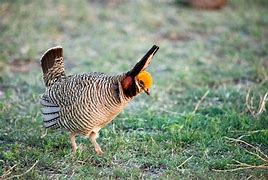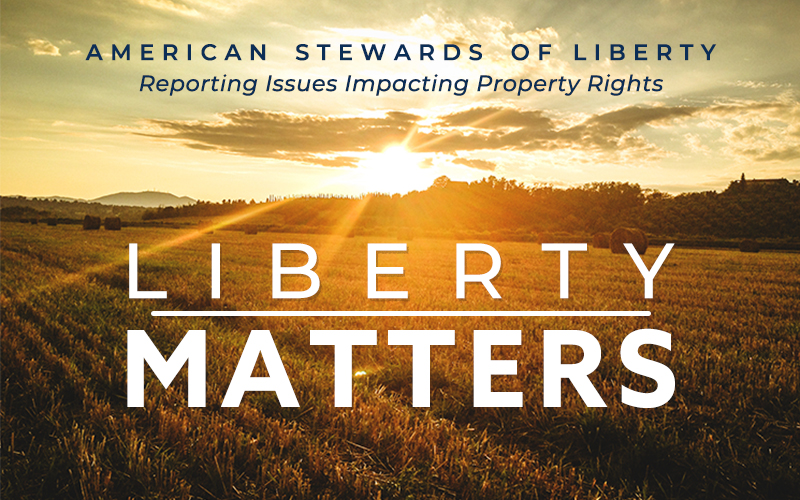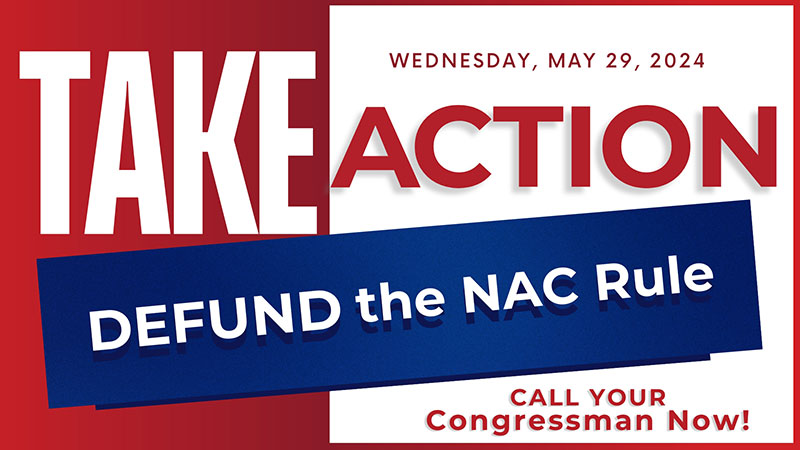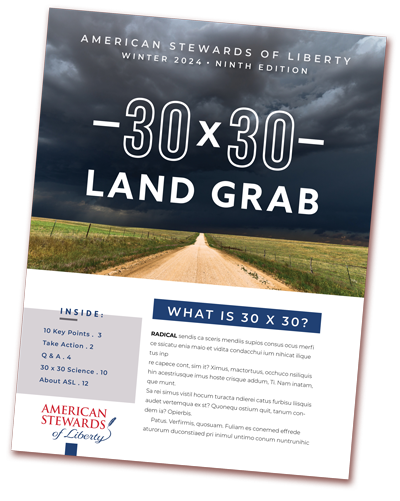Both of these issues were first challenged by local governments through the coordination process guided by American Stewards of Liberty (ASL). Those coordination meetings lead to the legal strategies used in the court challenges that followed. And, now that these cases have run their course, there are no more appeals for the environmentalists to make.
Dunes Sagebrush Lizard
In 2011, ASL was hired by the Permian Basin Petroleum Association to help defeat the proposed “endangered” listing of the Dunes Sagebrush lizard (DSL). The DSL was one of the 251 species identified in a court ordered settlement for final determination as to whether or not the species would be listed by the U.S. Fish and Wildlife Service as endangered.
We were brought in to organize eight counties – four from Texas and four from New Mexico – and teach them how to utilize coordination and fight the listing. The DSL was chosen because its habitat covers West Texas and Southeastern New Mexico where 20 percent of our nation’s oil and gas production occurs.
After months requesting a meeting, the U.S. Fish and Wildlife Service (Service) agreed to coordinate with the counties from New Mexico where they were given convincing arguments and data that proved the science was not adequate to list the DSL as endangered. In fact, this was the infamous coordination meeting where the Service’s agent came up to us afterward and quietly asked if they (the federal government) did not list the DSL as endangered, would we defend them in court when the environmentalists sued.
Our answer was a resounding “yes.” Amazingly, the Service withdrew their proposed ruling to list the DSL on June 19, 2012. They concluded that “current and future threats are not of sufficient imminence, intensity, or magnitude to indicate that the…lizard is in danger of extinction (endangered), or likely to become endangered within the foreseeable future (threatened), throughout all or a significant portion of its range.”
Interestingly though, the law suit that ensued had nothing to do with our efforts or the fact that the Service did not have adequate science to list the DSL. The environmentalists knew they didn’t have a leg to stand on if they sued over the science, so they went after another target.
While our coordination efforts were ongoing, then Texas State Comptroller Susan Combs created a two-state conservation plan aimed at preserving as much land as possible to protect the lizard. We objected to this plan because it simply wasn’t needed seeing how the science wasn’t there to list the species in the first place, but Combs and her allies thought differently and pursued the plan.
And, that was what the Defenders of Wildlife and Center for Biological Diversity sued the Service over. It’s our belief that the Service knew they had made a mistake and decided to allow the conservation plan to move forward as a way to save face over their mediocre science.
The environmental groups took them to federal court claiming the lizard was unprotected because the conservation plan was voluntary and gave very little federal oversight. However, the trial court ruled in 2014, that the federal agency had properly weighed the threats against the DSL and adequately evaluated the Texas conservation plan and acted legally.
Defenders appealed to the U.S. Court of Appeals in Washington, but the appeals judges agreed with the lower court saying they had given the Texas plan due consideration and added if there was evidence it wasn’t working in the future, federal regulators could always revisit the issue.
In both trials, the oil and gas industry defended the government’s position against the environmentalist’s just as we had promised them and fortunately, both turned out in favor of our position and the DSL now will not be listed endangered for the foreseeable future. Click here to read the final ruling.
Lesser Prairie Chicken
In 2012, American Stewards was hired by four of the same counties (Chaves, Eddy, Lea and Roosevelt) that hired us to fight the Dunes Sagebrush lizard in New Mexico and the Permian Basin Petroleum Association (PBPA) to stop the listing of the Lesser Prairie chicken.
On July 11, 2013, we achieved and organized the only coordination meeting with the Service that was held on the LPC where we revealed to the agency through a world-renowned scientist the local conservation measures being taken and the lack of science supporting a listing decision.
Ultimately, on April 10, 2014, the Service decided to list the LPC as threatened, as opposed to endangered, mainly because recent surveys taken during a severe drought showed a significant drop in bird numbers. Coordination was helpful in building a record, but it ultimately did not prevent the Service from listing the LPC.
That’s when the Permian Basin Petroleum Association, in conjunction with the four New Mexico counties filed suit in Federal District Court in Midland, Texas. On September, 1, 2015, the Court granted summary judgment in favor of the Permian Basin and the four New Mexico counties and vacated the Service’s ruling.
Judge Robert Junell decided the Service’s decision to list the LPC was “arbitrary and capricious under the Administrative Procedure Act (APA) and that they failed to follow their own PECE (Policy for Evaluation of Conservation Efforts When Making Listing Decisions) Policy by not taking into account the millions of acres already in conservation for the LPC across five states.
The key to the case hinged on the fact that PBPA and the counties filed under the APA, rather than the Endangered Species Act. It was a brilliant move. The Center for Biological Diversity (CBD), the extreme environmental organization, filed a 60-day notice of intent to sue for the “threatened” ruling of the Service claiming it should have listed the LPC “endangered.”
The APA action allowed PBPA to file without issuing a 60-day notice, file in a court outside of Washington, D.C. where the environmentalists all file their cases, and, by keeping it “simple,” kept it from being removed to another court or another law suit favorable to the environmentalists, which was what CBD tried to do after we filed our case.
The Service immediately filed an appeal of the Court’s decision demanding it alter its judgment and remand the decision back to the Court, but the Court, in its February 29th ruling disagreed saying the Service did not satisfy its burden necessary to correct any clear error of law or prevent any harm to the LPC.
In fact, the Court said the Service’s arguments were all speculative and they were not persuasive. The Court found that: (1) the LPC population was increasing; (2) the “severe” drought conditions have abated; (3) oil and gas development has slowed significantly due to the decrease in prices, and (4) wind development has not and most likely will not pose a substantial threat to the LPC.
All those factors proved the Service’s claims unpersuasive and the Courts Summary Judgment was upheld in favor of the PBPA and four counties. Click here to read the final ruling.
Thank You.
We all owe a great deal to the Permian Basin Petroleum Association and the four New Mexico counties of Chaves, Lea, Roosevelt and Eddy.
Together, our coordination efforts and their legal experts prevented the Dunes Sagebrush lizard from being listed and reversed a federal decision on the Lesser Prairie chicken that many never believed would happen.
It’s been a good month for property rights.





